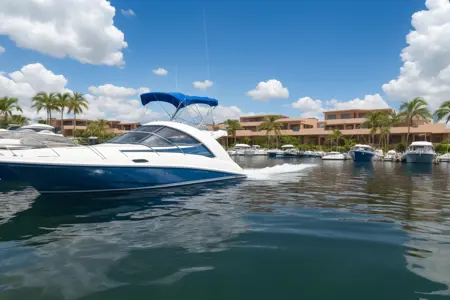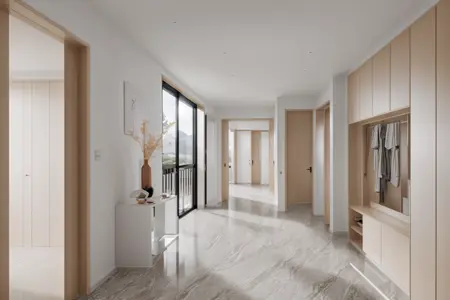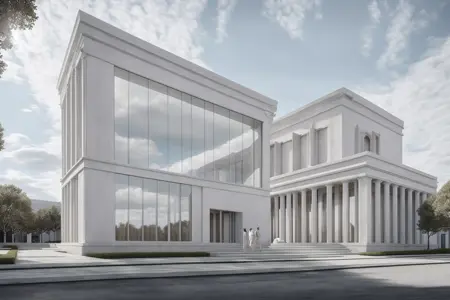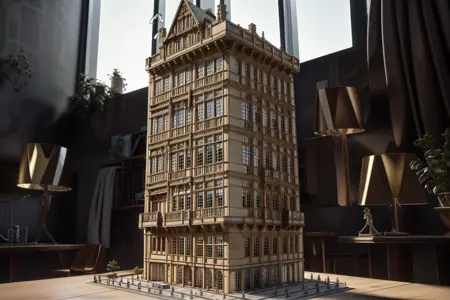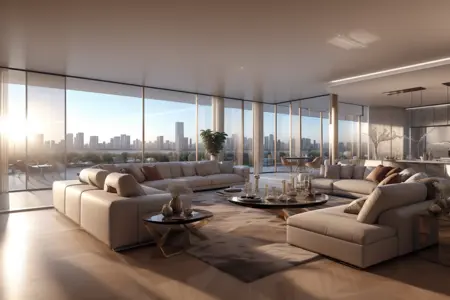XSMerge-RealisticVisionV3-ForArchitectural
详情
下载文件
关于此版本
模型描述
XSMerge-RealisticVisionV3-ForArchitectural(建筑向RV3)
注意:本模型并非原创模型,仅在其基础上针对当前行业使用习惯进行了轻微微调。原模型作者链接:Realistic Vision V3.0 - v3.0 (VAE) | Stable Diffusion Checkpoint | Civitai
使用建议:
自RV3.0作者发布模型以来,许多建筑与室内设计方向的AI研究者反映,该模型在这些领域表现过于单一,部分提示词(prompt)甚至出现类似过拟合的问题(例如:玻璃框架几乎均为黑色金属,必须特别标注才能改善等),难以实现多样化的图面表现。我从底层参数对RV3.0模型进行了微调,使其更贴合我所研究的建筑等行业需求,以提升使用者的整体体验。微调后我进行了模型合并,旨在增强泛化能力,但似乎牺牲了一部分真实感。生成图像在视觉质量上略低于原始RV3.0,但可通过我开发的轻量模型(如Lora等)进行优化,甚至在配合使用后,输出效果可优于单独使用RV3.0模型。
Since the release of the model by the RV3.0 authors, many architectural and interior AI researchers have responded that the performance of the model in these directions is somewhat limited, causing certain prompts to exhibit symptoms similar to overfitting (e.g., glass frames almost always appear as black metal, requiring explicit prompt annotations to improve). This limits its ability to produce diverse graphical outputs. I fine-tuned the RV3.0 model at the underlying parameter level to better align it with my research field—architecture—aiming to provide a superior user experience. After fine-tuning, I merged the model to enhance generalization, but this appears to have reduced some realism. The generated images may appear slightly lower in quality compared to original RV3.0, but can be significantly improved using the lightweight models (e.g., LoRA) I developed, and in practice, the output quality may even surpass that achieved by using RV3.0 alone.
RV3.0の作者がモデルを発表して以来、大勢の建築・室内向けのAI研究者は、モデルの表現がやや画一的なため、一部のpromptが過適合に陥っていると反応している(図の場合、ガラスのフレームはほとんどが黒金属で、promptを明記する必要があるなど)。多面的なグラフィック表現がうまくできていない。RV3.0モデルを基礎となるパラメーターから微調整し、建築など私の研究する業界に近づけることで、より多くのユーザーに体験を楽しんでもらうことを目指した。一般化を意識して微調整してmergeをしたのが、実感がなくなってしまったようなってみたい。見た目の品質はRV3.0よりも若干落ちてけど、私が作った軽量モデル(Loraなど)で改善できので、この問題を解決した。使用後はRV3.0のみのものよりも高くなることもある。
建议配合使用TI、VAE等文件
如有任何问题,请通过 [email protected] 联系我
XSからの使用アドバイス:
TI、VAEなどのファイルを一緒で使ってください
何かご質問がございましたら、[email protected]にメールしてください。


